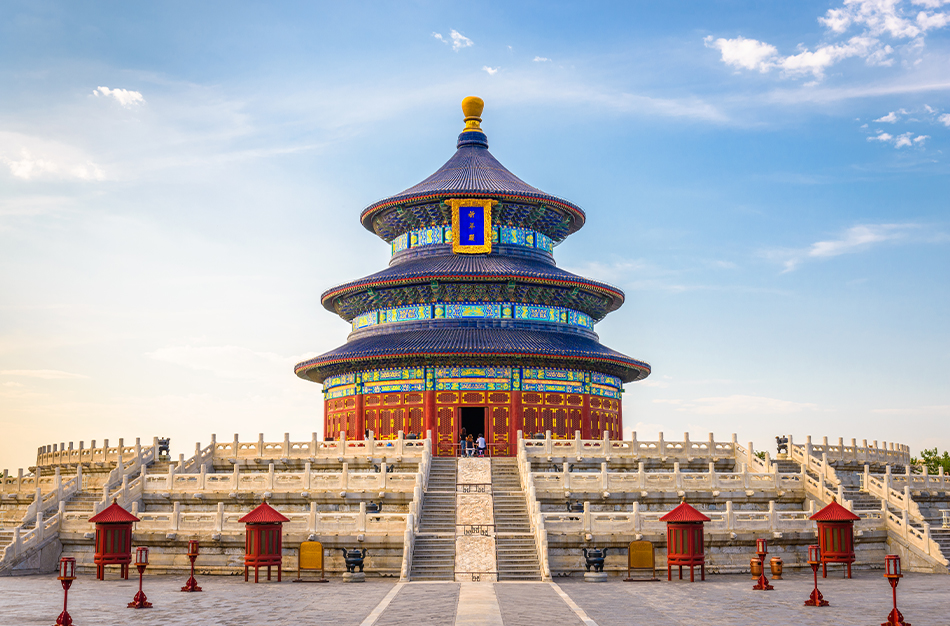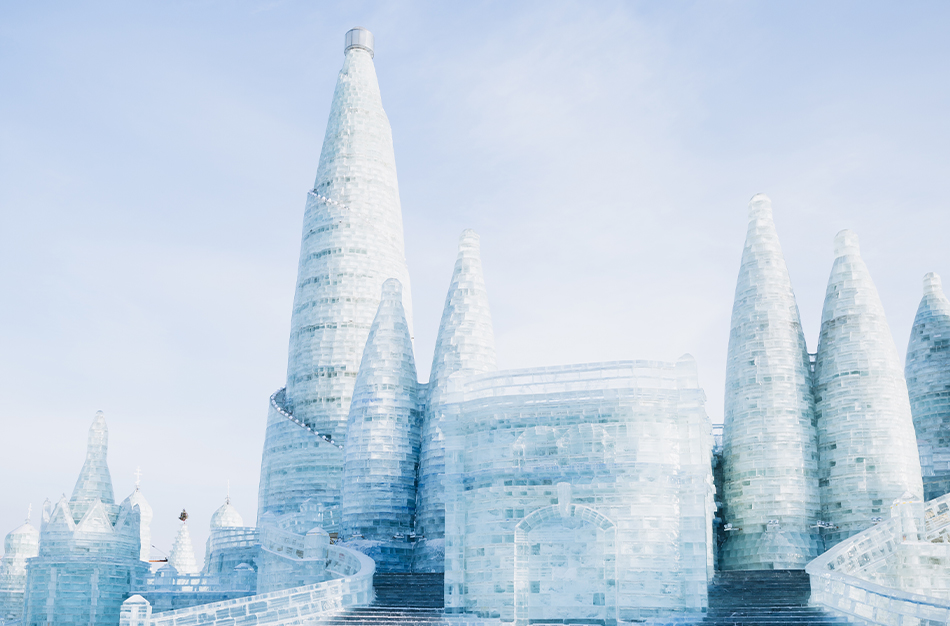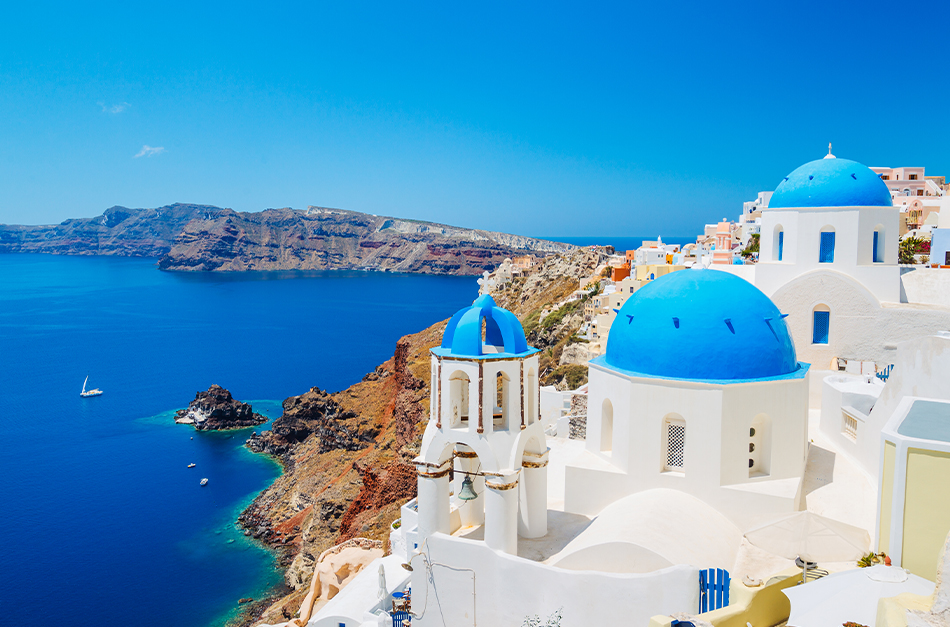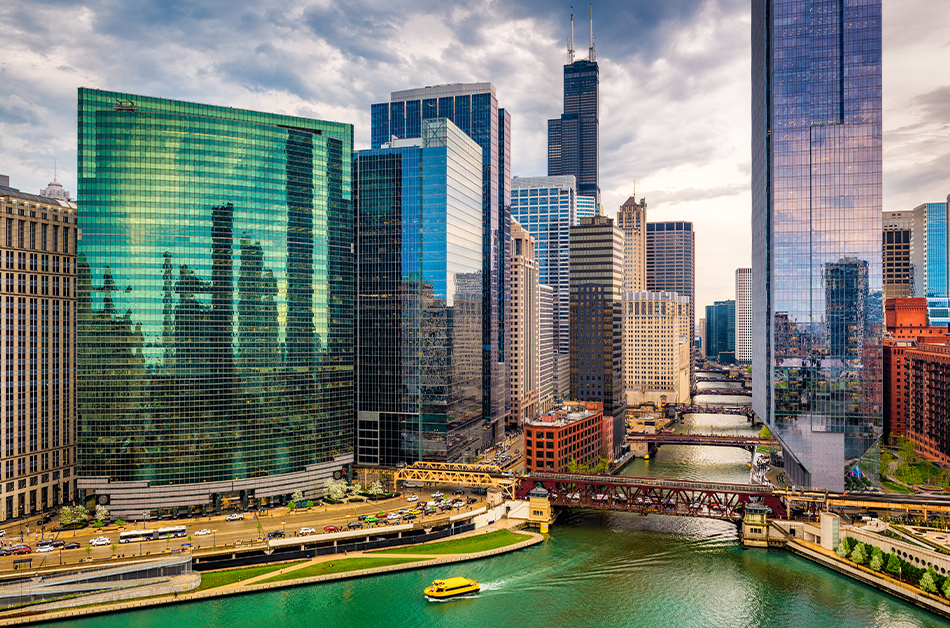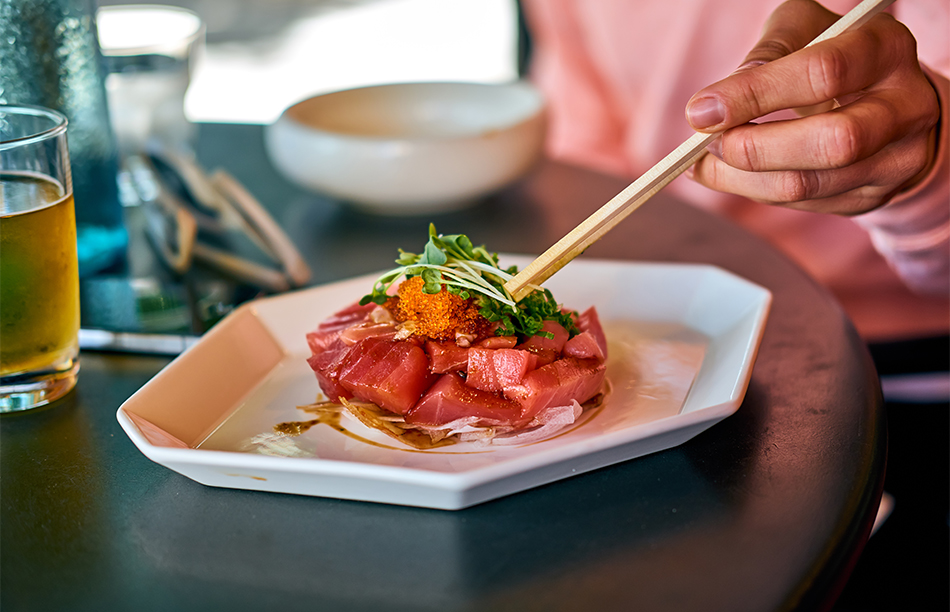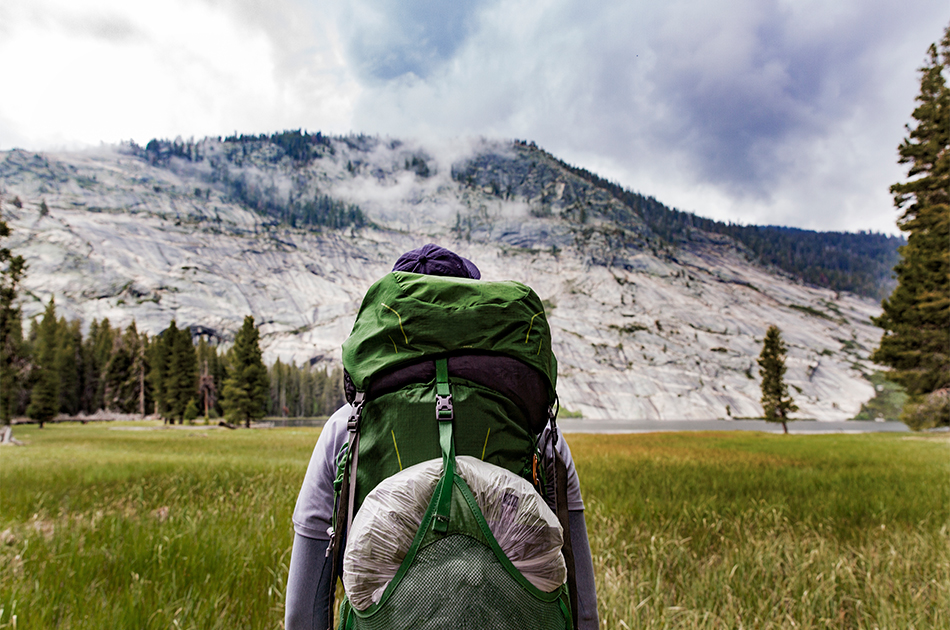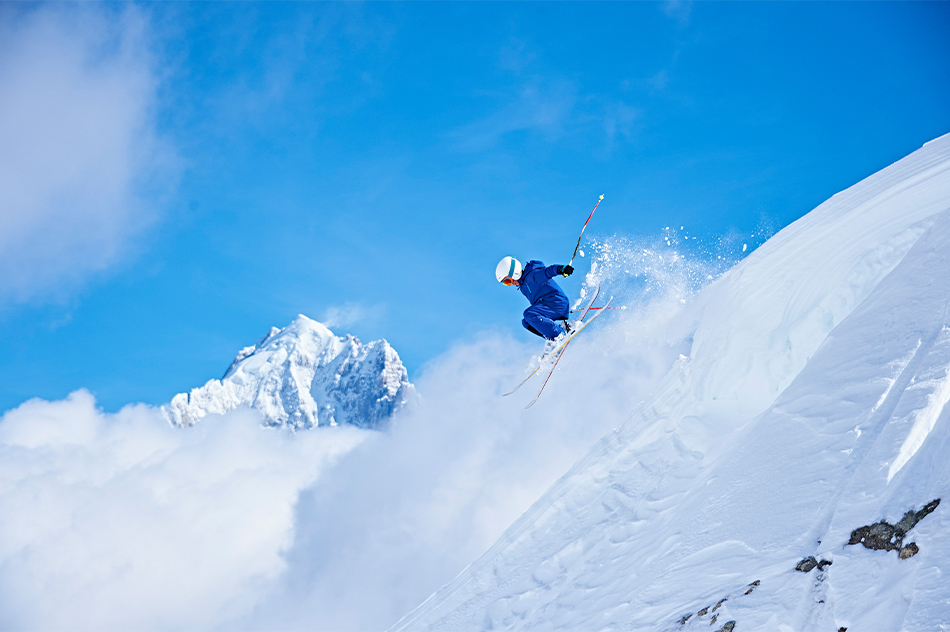
10 Best Ski Resorts in the World
The 24th Beijing Winter Olympics has opened, skiing project as the most anticipated project of the Winter Olympics is not at all too much. Freestyle skiing, Nordic biathlon, ski jumping, snowboarding, cross-country skiing, and every other skiing events make the audience very much expect. As one of the most ornamental events, skiing has quickly evolved into a popular winter activity for the entire family.
And ski resorts have expanded to meet the demand, adding hotels, restaurants, après-ski entertainment, and a variety of indoor and outdoor activities. For skiers, however, it is the snow, as well as the terrain of the mountainside it falls on, that is important.
With our list of the top ski resorts in the world, you can find the best slopes for you.
1. Deer Valley, Utah, USA
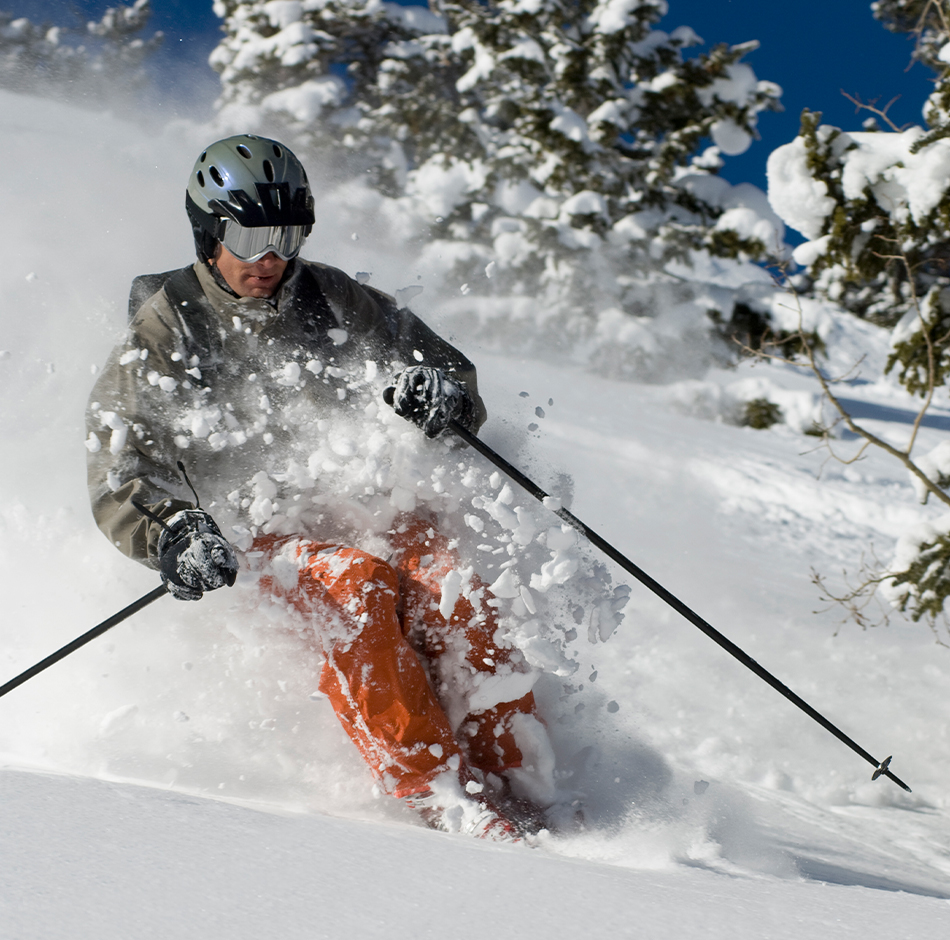
Deer Valley will be ranked first or second in almost any reader poll of favorite North American ski resorts. What's not to love about perfect grooming, mountain hosts, free ski storage, assistance unloading skis from your car, immaculately kept lodges with blazing fireplaces, slope-side fine dining, and a daily limit of 7,500 skiers (no snowboards allowed here) to keep lift lines short and trails uncrowded?
Deer Valley is all about service, and the lodging and dining options in its lovely base village are decidedly upscale. But, as the saying goes, you get what you pay for, and Deer Valley delivers on that front.
Because Deer Valley is best known for its excellent intermediate skiing, experts will have the 37 percent black diamond runs almost entirely to themselves, with the famous champagne powder in perfect condition. Ski the runs that hosted the 2002 Winter Olympics on Carpenter Express: You Don't Know for slalom, Champion for freestyle moguls, and White Owl for freestyle aerials.
Deer Valley Resort is about two miles from downtown Park City, and it is also close to Park City Mountain/Canyons, Alta, Snowbird, and other top Utah ski resorts.
2. Vail Mountain Resort, Colorado, USA
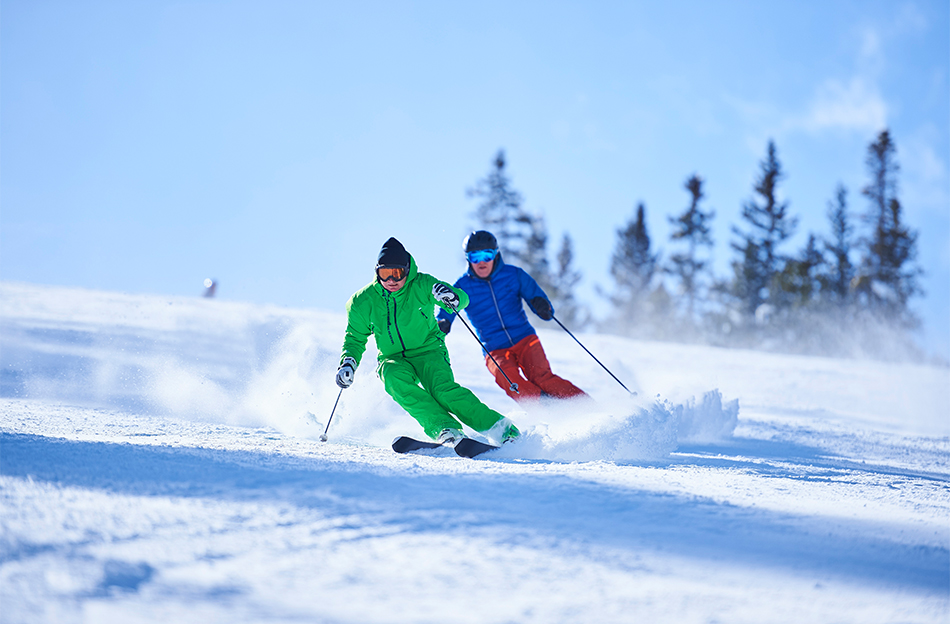
Vail is the largest ski resort in Colorado and one of the largest in the world, with enough terrain to keep an avid skier of any skill level busy. Long, well-kept runs overlook the luxury hotels, upscale restaurants, and shops in Vail's equally well-kept town.
Experts head to the seven back bowls for bumps and glades, which are kept in prime condition by the expected 350 inches of annual snowfall. Vail is known for its variety as well as its size (over 5,289 acres of skiing served by 31 lifts). Riders are kept happy with three separate terrain parks, and backcountry skiers will find powder heaven here.
3. Whistler Blackcomb, Canada
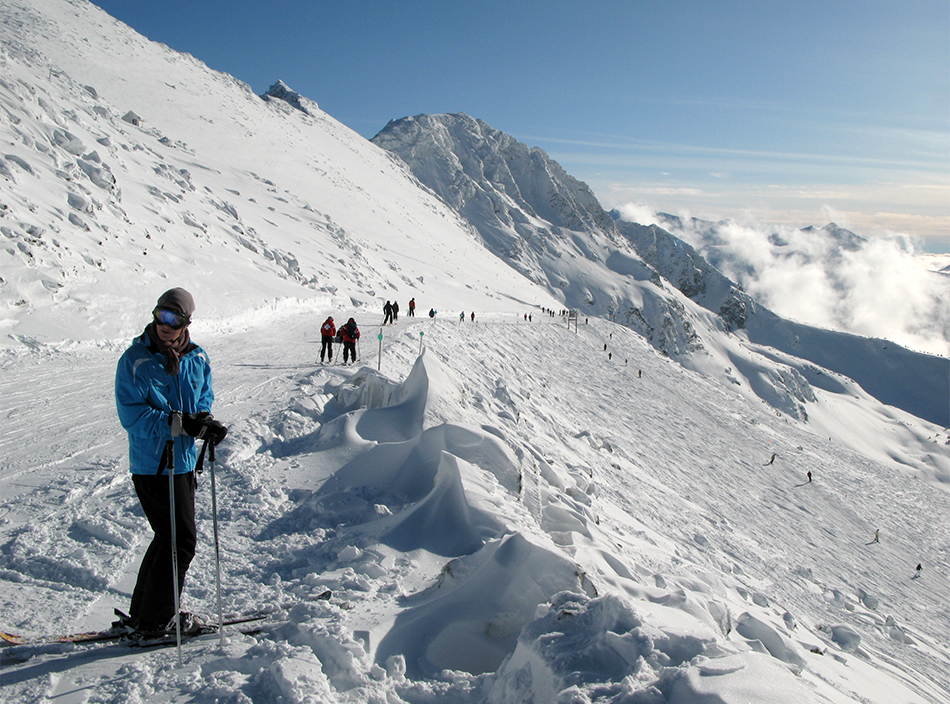
Whistler Blackcomb, now part of the Vail Resorts group, combines the superb terrain of two mountains to create Canada's premier ski resort and the largest winter sports area in North America. More than 200 runs are accessible via 37 lifts on the combined skiable terrain. The three-kilometer-plus PEAK 2 PEAK gondola connects the two mountaintops and has the world's longest unsupported lift span.
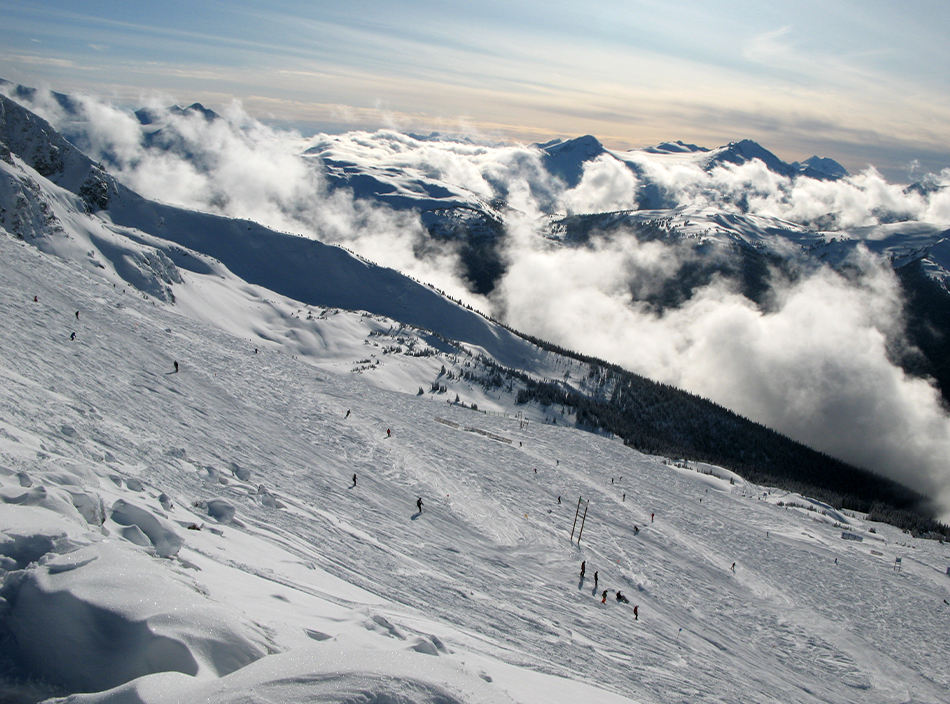
Whistler's outstanding technical facilities, combined with the variety of terrain – wide-open bowls on Whistler Mountain and the Horstman Glacier on Blackcomb (where you can ski year-round) – and world-class grooming, keep it a favorite among serious skiers.
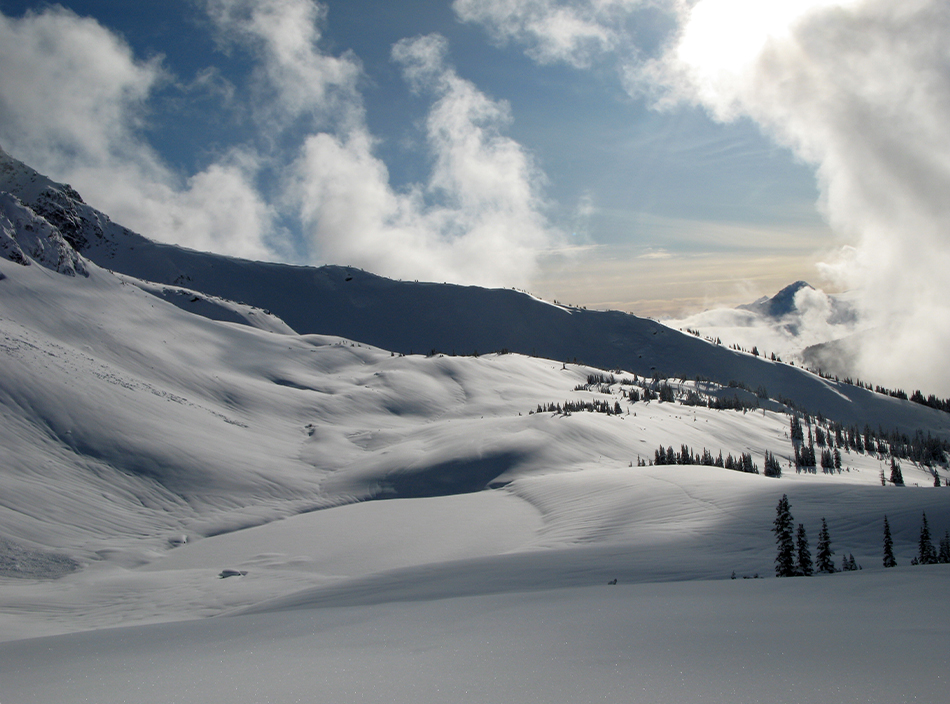
Whistler Blackcomb is also a popular destination for freestyle skiers and boarders. Five distinct parks spread across 99 acres of snow are designed for all levels of freestyle, ranging from easy jumps and rails to the Nintendo Terrain Park and an Olympic-sized pipe. The pros train here, but the variety makes it a good place to learn the fundamentals.
Its unparalleled views that extend all the way to the Pacific Ocean, ample terrain for all skill levels, and a charming full-service resort village right at the base make it an excellent choice for both families and casual skiers. There is plenty of snow and mountain to go around, and it is only a two-hour drive from Vancouver.
4. Cortina D'Ampezzo, Italy
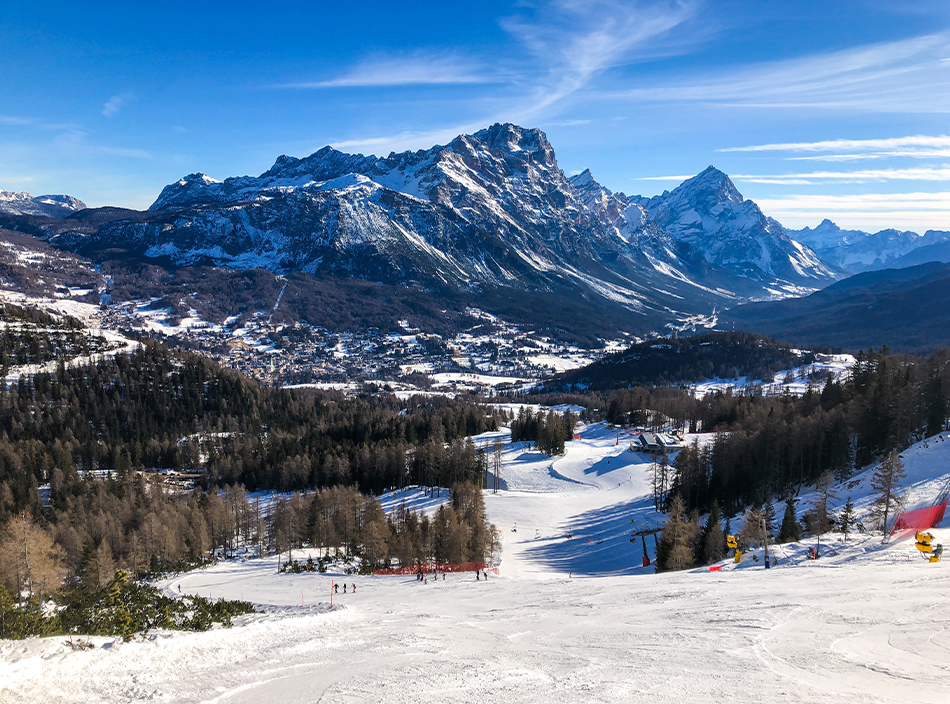
The Cinque Torri's five ragged peaks provide upscale Cortina D'Ampezzo with the most beautiful setting of any of Italy's ski resorts. Cortina was only known to avid skiers prior to hosting the 1956 Winter Olympics, but it became an overnight sensation for the well-heeled winter set.
The town is still decidedly upscale, but skiing here is a surprising steal, thanks in large part to the value-packed Dolomiti Superski Pass. This provides access to the lifts and trails of a dozen resorts, the majority of which are linked to providing nearly 400 kilometers of interconnected skiing. Several ski towns are included between the peaks known as the Gruppo del Sella and the Marmolada Glacier; the entire area is a UNESCO World Heritage Site.
In Cortina alone, more than a dozen lifts transport skiers from the center of town to snowfields at the crests of the highest ridges, from which they can ski back into town in a single exhilarating run or spend the day on the high-altitude snowfields. Skiing is one of the most popular things to do in Italy. Cortina's terrain is half suitable for intermediates and half for experts. A bobsled run and an Olympic rink for ice skaters are also available.
5. Niseko, Japan
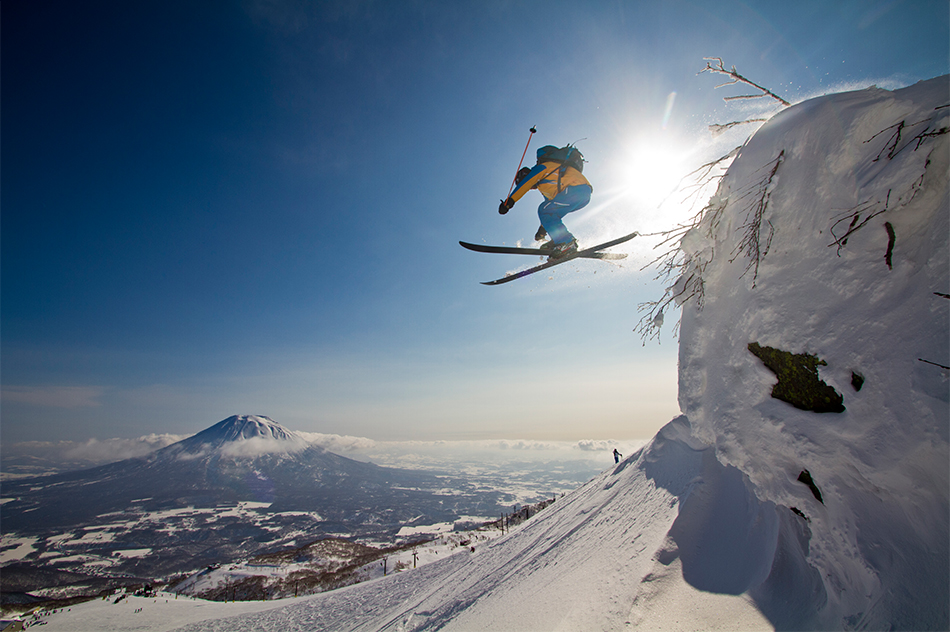
Niseko United is a group of four interconnected ski resorts on Japan's northern island of Hokkaido, about 90 kilometers from Sapporo. They are Niseko Village, Grand Hirafu, Hanazono, and An'nupuri. They provide some outstanding and varied terrain on the slopes of a volcano, with many of the trails facing Mt. Yotei, known as "Hokkaido's Mt Fuji."
One half of the mountain is covered in groomed trails, wooded glades, bowls of ungroomed powder, and snowparks, while the other half is a vast mountainside of unpatrolled backcountry adventures, complete with natural halfpipes, steep chutes, and almost limitless tree skiing. Niseko is known for its powder and the low temperatures that produce it, so dress warmly.
Despite its reputation for glades and off-piste alpine skiing, Niseko has more than two-thirds of its trails rated for beginners and intermediates. Heli-skiing, cat skiing, snowmobiling, snowshoeing, and hot spring spas are all available at the resort, making it a must-see on any trip to Japan.
Niseko's variety of activities for children, as well as its excellent program of ski and snowboard lessons (available in English), earned it the title of Japan's Best Family Ski Resort in the Ski Asia Awards.
6. Chamonix, France
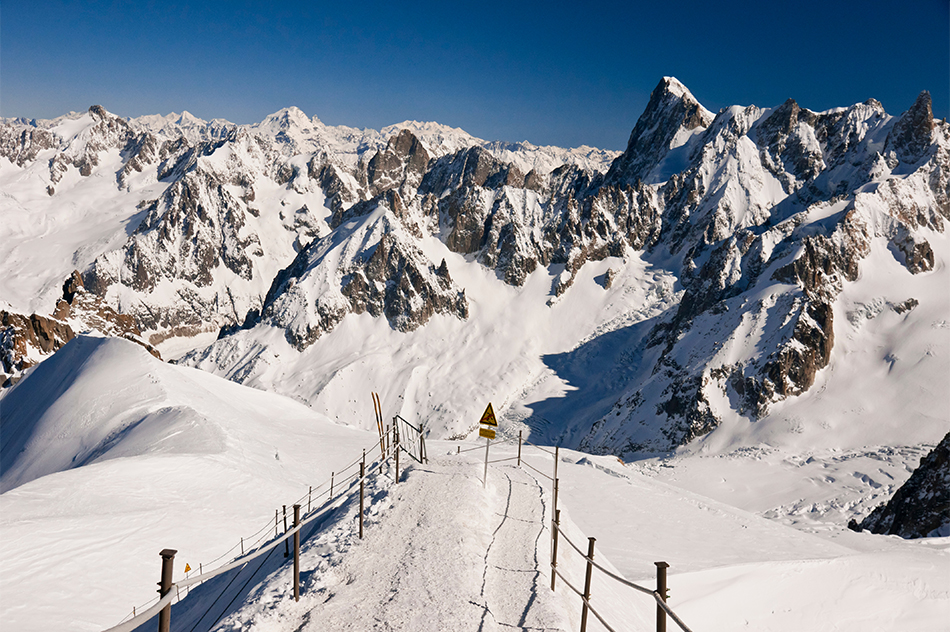
Chamonix is one of France's best-known and most popular ski resorts, thanks to the iconic name of Mont Blanc, the first Winter Olympics, and ski slopes with the world's greatest height differential.
Mont Blanc, Europe's highest peak at 4,807 meters, guarantees Chamonix some of the best and longest-lasting snow conditions in the Alps. The surrounding glaciers help to keep temperatures low and the powder dry due to the altitude. The snow falls—and stays—on some of the world's most difficult ski terrain.
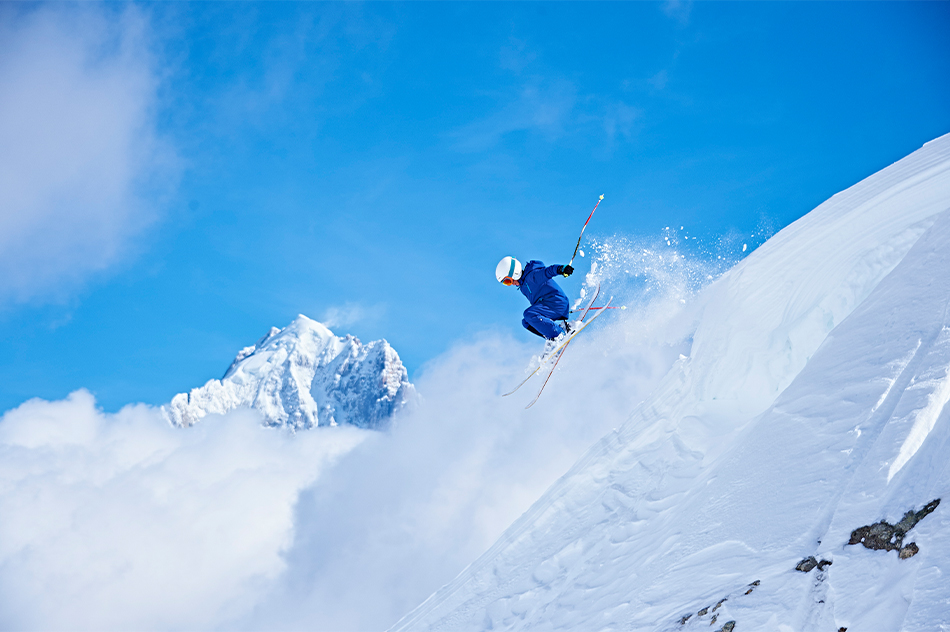
Chamonix is divided into several sections: Grands Montets, at altitudes ranging from 1,235 meters to 3,300 meters, offers expert runs with the world's largest height differential. The renowned Verte, the only piste in Haute-Savoie approved for World Cup races, can be found at the Les Houches ski area. Its 3.5 kilometers are tree-lined and frequently glazed over, with an 870-meter vertical and a series of jumps.
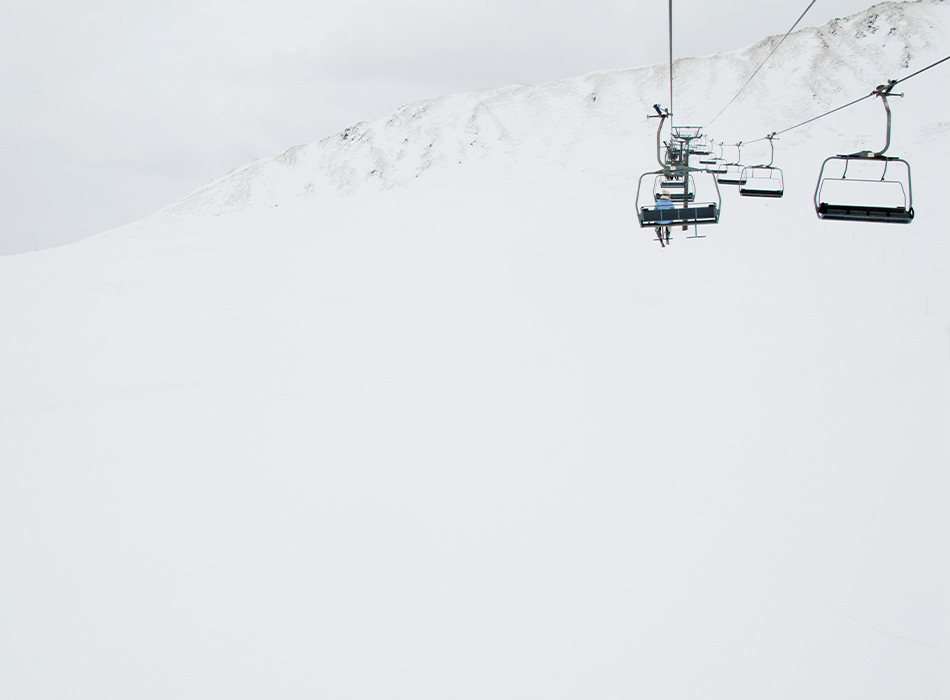
Chamonix is well-known for its excellent off-piste skiing. Les Houches has skiing for all levels as well as cross-country trails, so it's not just for experts.
7. St. Anton, Austria
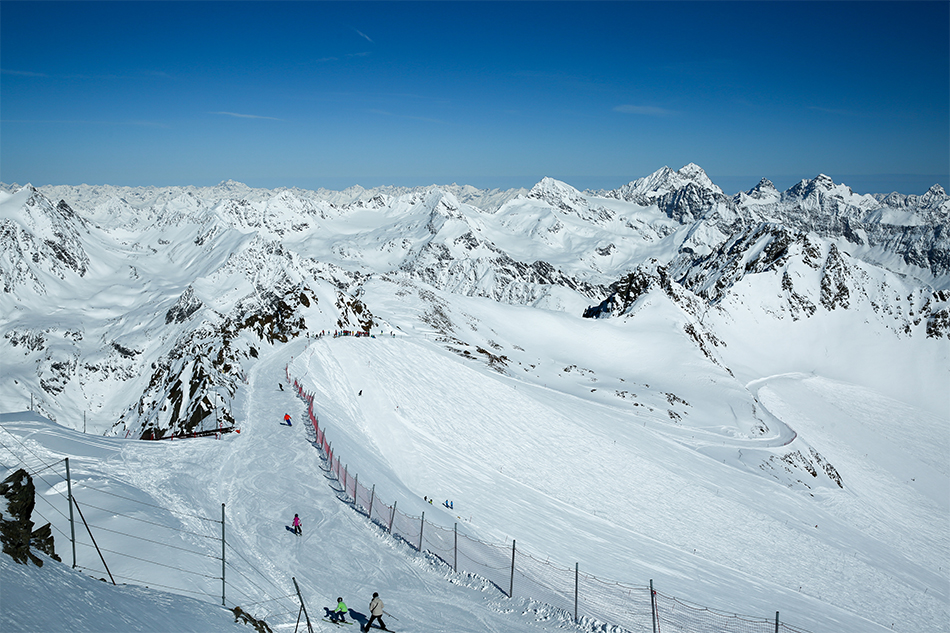
St. Anton is a legendary name among skiers because it was the site of the first ski club in the Alps, which was founded in 1901. Its 280 kilometers of terrain at elevations of up to 2,800 meters are not for beginners or even most intermediates, as it contains some of the most difficult runs in the Alps.
The moguls are legendary, as is the resort itself, and the off-piste skiing is excellent, as it is one of the snowiest resorts in the Alps. Hire a guide and head for the spectacular views around Sonnenkopf; inquire about the Schindler Chutes or the Waterfall route into Langen for the most breathtaking experiences.
The regional Arlberg lift pass provides access to 340 kilometers of slopes and pistes, including those at the nearby Austrian ski resorts of Lech and Zürs, both of which offer plenty of opportunities for beginning and intermediate skiers. You can take a shuttle bus to these resorts, and some of their pistes are also linked to St. Anton by the Flexenbahn, a cable car that connects to the other side of the Flexen Pass.
With the completion of the spectacular 85-kilometer Run of Fame, new thrills await. The circuit takes experienced skiers from St. Anton/Rendl to Zürs, Lech, and Warth before returning to St. Anton. The circuit spans the entire Ski Arlberg ski area.
The village of St. Anton is a charming collection of Alpine inns, shops, and restaurants, and ski lifts depart directly from the village. St. Anton's nightlife, which is usually known for its lively après-ski scene, may be a little more subdued this season.
8. St. Moritz, Switzerland
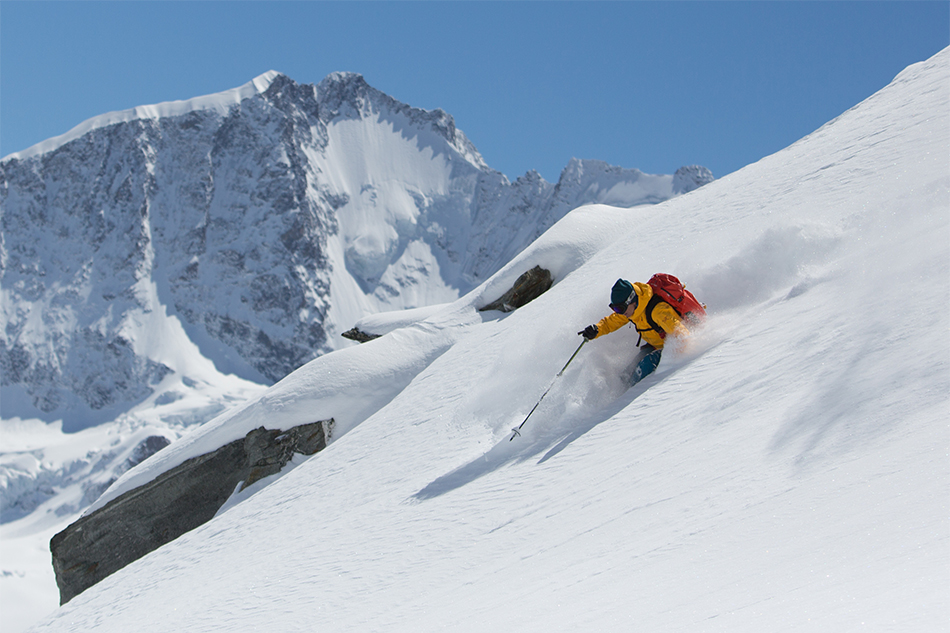
St. Moritz, Europe's first winter resort and still one of its most glamorous has plenty of credentials to distinguish itself among Switzerland's many ski resorts. Although it is known for its glitz and social scene, the ski challenges of its surrounding mountains are undeniable. It has hosted two Winter Olympics and five Alpine World Ski Championships, the most recent of which took place in 2017.
St. Moritz has a strong intermediate terrain, but about 30% of the terrain is rated black, and there is plenty of off-piste, some backcountry, and some marked itineraries. Because it is less well-known for off-piste, it has remained a well-kept secret, which means that its backcountry runs are less used and thus not as well-tracked as the more well-known destinations.
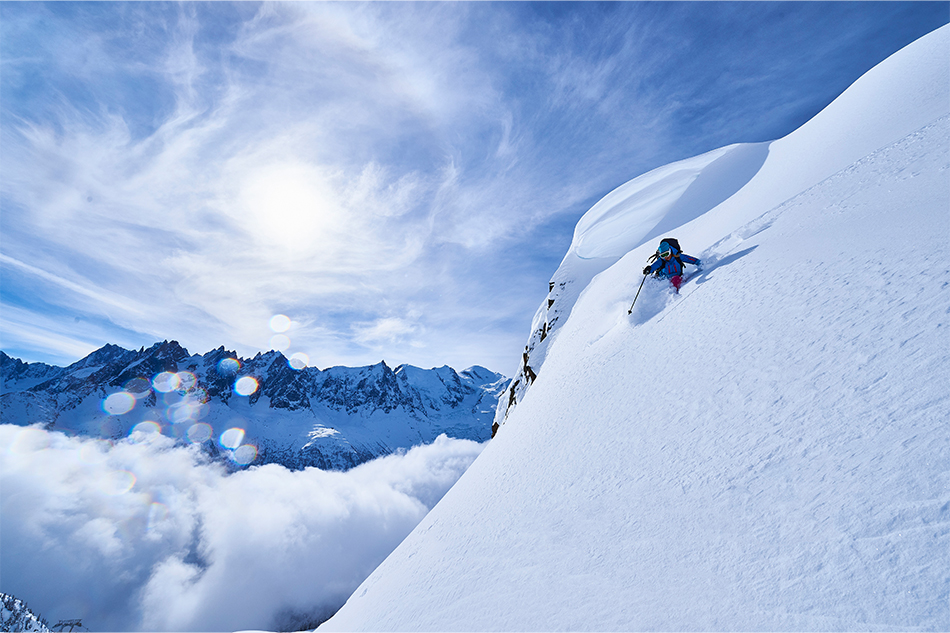
Head to the Diavolezza and Lagalp for the steepest and most difficult terrain, where a deep base ensures excellent snow.
9. Cerro Catedral, Patagonia, Argentina
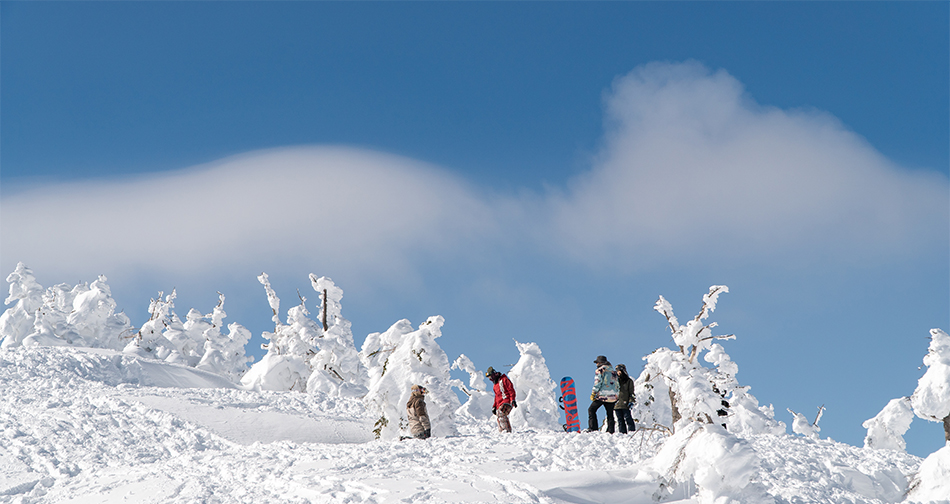
With the tallest mountains on Earth outside of the Himalayas, the Andes provide plenty of vertical, and no place takes advantage of that more than Cerro Catedral in Argentina's Patagonia region. Cerro Catedral, named after the cathedral-spire mountain peaks, offers breathtaking views of Lake Nahuel Huapi and the surrounding snow-covered Andes summits.
The ski season runs from June to October in the southern Andes, where the snow is most plentiful, but early August to early September offer the deepest snowpacks and best powder, as well as the fewest crowds.
Experts are spoiled for choice with 1,150 feet of vertical and 3,000 skiable acres. Off-piste and tree skiing are excellent, and there are miles of lift-accessed backcountry terrain and hike-in terrain with steep chutes and bowls. The La Laguna zone and the lower fingers of Alaskita are favorites. Go with a ski guide to experience the best terrain. A terrain park is specifically designed for freestyle skiers and riders.
The chalets at the base could be mistaken for an Alpine village, and more than 5,000 beds are within walking distance of the main lifts.
10. Cardrona, New Zealand
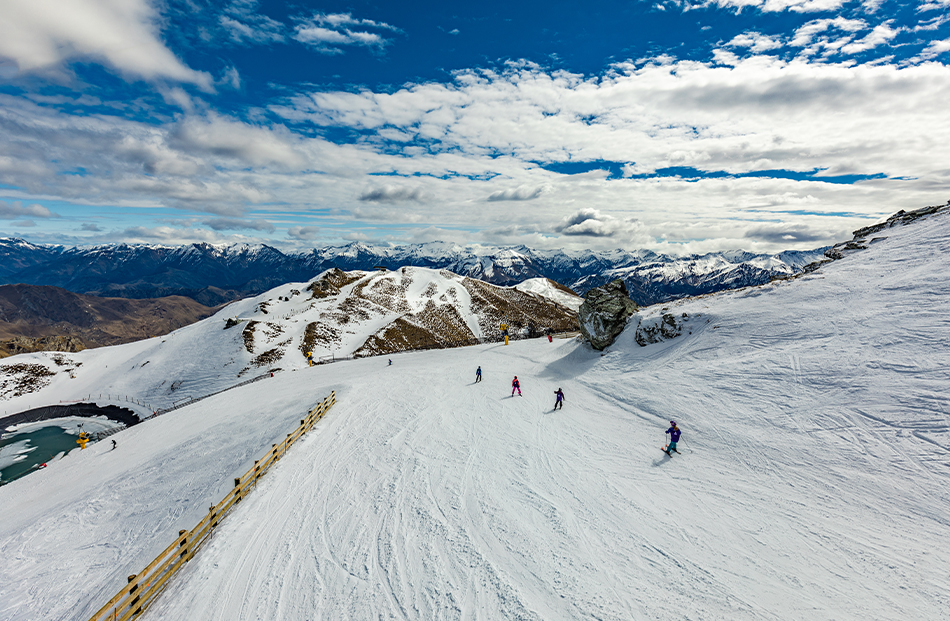
Cardrona, located less than an hour from Queenstown Airport, has terrain and off-slope facilities to appeal to people of all ages and skill levels, from its excellent child-care and kiddie lessons program to one-fifth of its terrain designated for expert skiers. The remainder is almost evenly divided into beginner, intermediate, and advanced categories.
When the snow is good, the terrain spreads across a series of bowls above the treeline, with good off-piste challenges. Boarders will not find a greater variety of terrain parks and pipes in the Southern Hemisphere; the renowned Cardrona Parks NZ hosts events that attract some of the world's best boarders and skiers.
Cardrona is a popular base for family ski vacations due to its combination of facilities, good beginner terrain, and on-mountain lodging, and multi-day lift passes are also valid at the nearby Treble Cone Ski Field.
Caution: Many of these mountains offer backcountry terrain that is unpredictable by nature and should not be attempted without the assistance of a qualified and well-equipped backcountry guide.
Whether you intend to travel or ski on your own local mountains, it is critical to check the international travel status and the ski resort's website for the most up-to-date information and updates.


